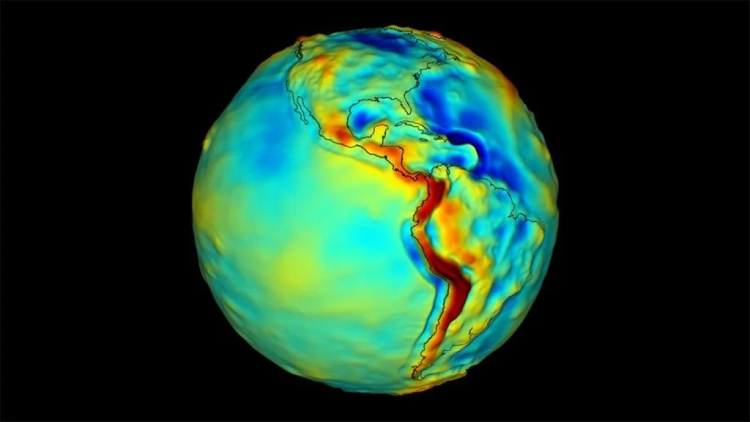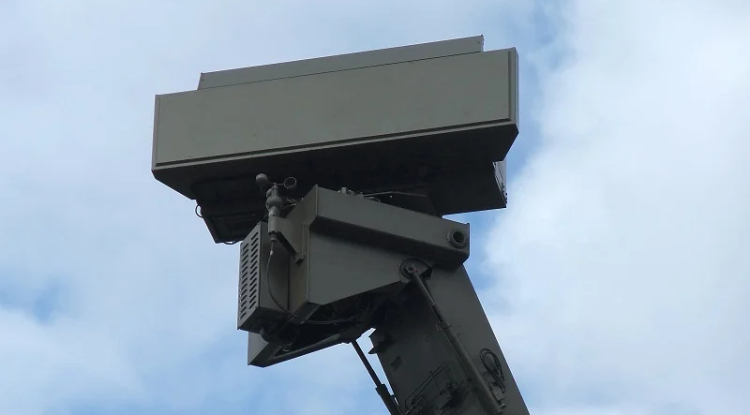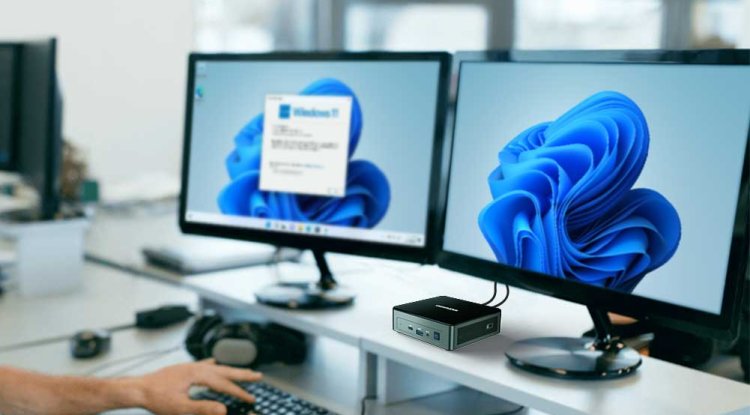NASA Develops First Space-Based Quantum Gravity Sensor
Scientists are developing a device based on ultra-cold atoms that is 10 times more accurate than existing analogues and will be able to detect underground resources - from water to minerals.

Researchers from NASA's Jet Propulsion Laboratory, private companies, and academic institutions are building the first-ever space-based quantum sensor to measure gravity. The project, supported by NASA's Earth Science Technology Office (ESTO), will open up new possibilities for studying underground resources, from oil reserves to fresh water.
Earth's gravitational field is constantly changing due to mass movements, such as geological processes. Although humans are unaware of these fluctuations, ultra-precise instruments called gravity gradiometers allow scientists to detect the smallest changes and link them to underground structures. Such data is critical for navigation, resource management, and even national security.
“We could measure the mass of the Himalayas using atoms,” says Jason Heng, director of JPL’s Quantum Space Innovation Center. The new instrument, the Quantum Gravity Gradiometer Pathfinder (QGGPf), uses two clouds of ultracold rubidium atoms as “test masses.” Cooled to near absolute zero, the atoms act like waves, allowing the difference in gravitational acceleration to be measured with extreme precision.
The key advantage of the quantum sensor is its compactness and stability. The QGGPf will take up only 0.25 cubic meters and weigh 125 kg, which is significantly less than traditional analogs. In addition, atomic technologies provide long-term accuracy, as they are less susceptible to external interference. It is estimated that the sensitivity of the quantum gradiometer can be 10 times higher than classical devices.
"Nobody has tried to fly one of these instruments yet. We need to fly it to see how well it works, and that will allow us to improve not only the quantum gravity gradiometer but quantum technology in general."
Ben Stray, JPL research scientist
The project is being implemented in partnership with small businesses: AOSense and Infleqtion are working on the sensor head, and NASA specialists are working with Vector Atomic to improve the laser optics. The success of the mission will open new horizons in the study of Earth, other planets, and the fundamental laws of gravity.
Share
What's Your Reaction?
 Like
0
Like
0
 Dislike
0
Dislike
0
 Love
0
Love
0
 Funny
0
Funny
0
 Angry
0
Angry
0
 Sad
0
Sad
0
 Wow
0
Wow
0





![Transfer/ Postings Senior Superintendent Police Hyderabad [Notifications]](https://pakweb.pro/uploads/images/202402/image_100x75_65d7bb0f85d5f.jpg)
![Amazing Text Animation Effect In CSS - [CODE]](https://pakweb.pro/uploads/images/202402/image_100x75_65d79dabc193a.jpg)






